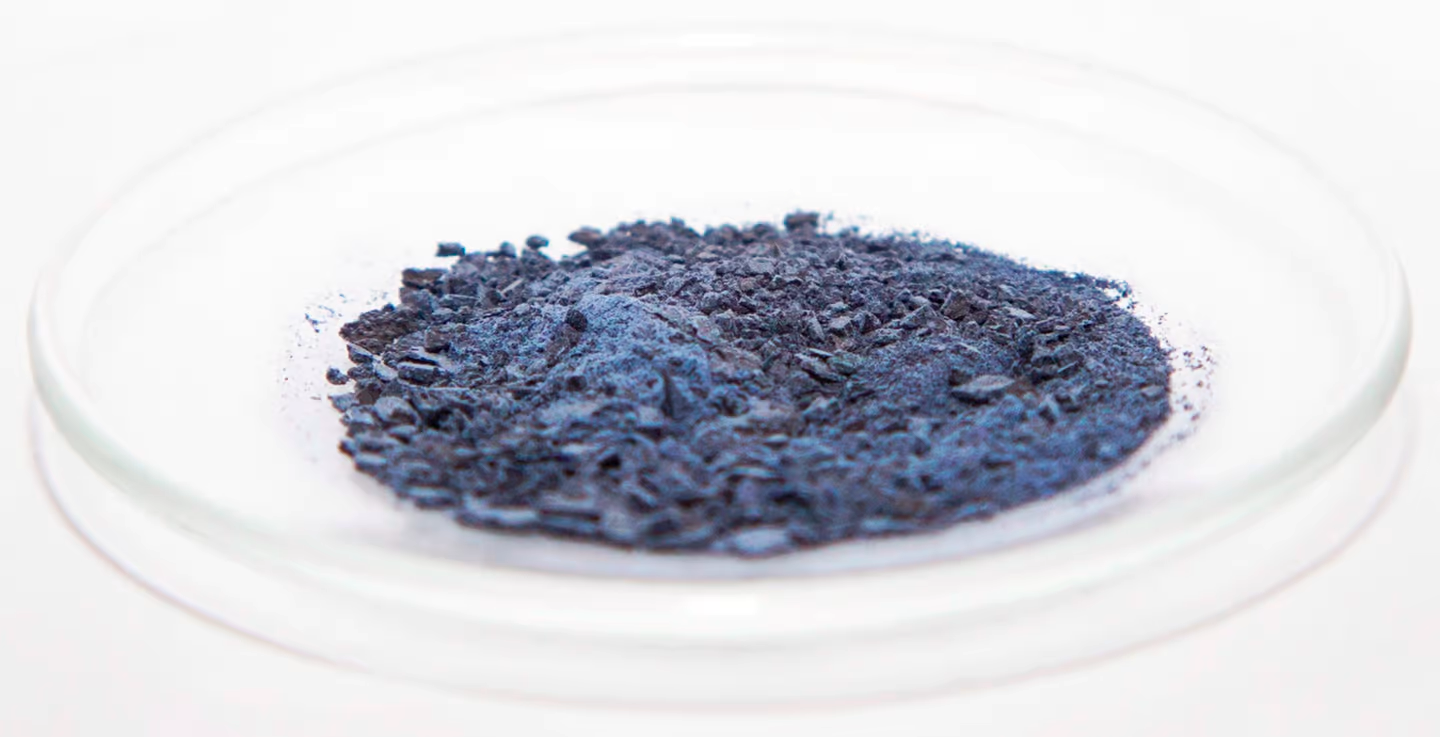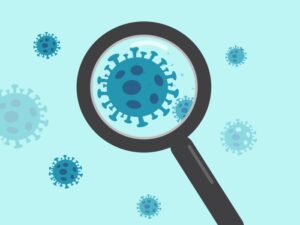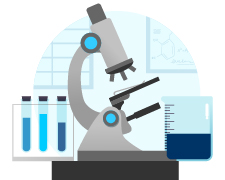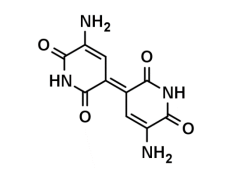Fine Chemical
Subscribe to stay tuned for new web design and latest updates. Pioneering engineered microbes and biocatalysts to manufacture sustainable chemicals.
Let’s do it!
A naturally occurring blue pigment now called indigoidine, 135 years in the making, now accessible through biotechnology – and it’s history.

Microbes that produce a blue pigment were discovered and investigated by a German Chemist, Claessen

The blue pigment was isolated and investigated by another chemist and named indigoicine. The structure remained unknown still.

The chemical structure of indigoidine was discovered after multiple years of study by Richard Kuhn. Making the pigment remained challenging since it is produced at low yields by natural microbes.

The genes responsible for indigoidine biosynthesis were discovered, showing the natural production pathway of indigoidine for the first time

The first genetically modified organism makes indigoicine.

Multiple organisms have been engineered to make indigoine by academic labs. The product is nearly ready for a commercial application.

Shreenika launches an industrial process for affordable indigoidine for the masses.

As a pure crystalline product, RUTINOSE doesn’t contain any preservative. RUTINOSE is free of specified pathogens. The number of non-pathogenic microorganisms with less than 100 CFU per g of RUTINOSE meets the CTFA microbiology guidelines.
Although these data and information have been prepared with the utmost possible care, we reserve the right to make changes due to product improvement and other considerations.
Although these data and information have been prepared with the utmost possible care, we reserve the right to make changes due to product improvement and other considerations.
Pigments
Subscribe to stay tuned for new web design and latest updates. Pioneering engineered microbes and biocatalysts to manufacture sustainable chemicals.
Let’s do it!
